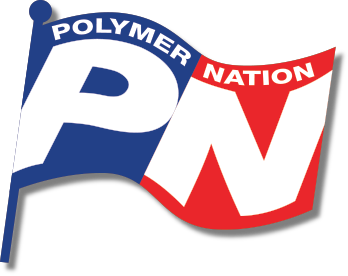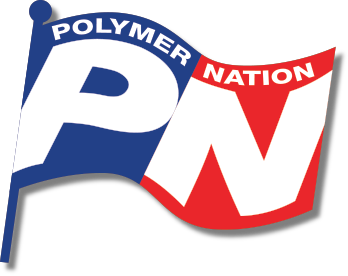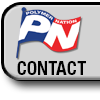P-20 Pigmented Polyurea Basecoat/Primer
P-20

Product Overview
Uses
Preparation
The data below represents the most pertinent information needed by a professional installer to understand and efficiently install this material. The data was gathered at temperatures of 72-75 F and 30-50% RH. A wide array of independent and company test data has been compiled on this product but is too large to place on this Technical Data Sheet. Please direct inquiries for detailed test reports on this product to lab@polymernation.com.
P-20
| Description | Results | Notes |
| Kit Yield in Gallons | 3 | Material can be supplied in larger packaging upon request and with minimum quantities |
| Number of Components | 2 | |
| Mix Ratio Liquids by Volume | 2:1 | It is always preferred to mix the entire kit, whenever possible, to avoid off-ratio mixtures |
| Ideal Application Temperatures | 50-80F | Verify that substrate temperature is above 5 degrees of dewpoint during application and cure of material to avoid a potential amine blush |
| Mixed Viscosity in cP@25C/77F | 350-450 | Warmer temperatures will reduce viscosity and lower temperatures will increase viscosity |
| Gel Time | 25 min. | Warmer temperatures will decrease gel time and lower temperatures will increase gel time |
| Dry to Touch | 1.5 Hours | Warmer temperatures will reduce time and colder temperatures will increase time |
| Through Dry | 2 Hours | Warmer temperatures will reduce time and colder temperatures will increase time |
| Dry to Walk | 4 Hours | Warmer temperatures will reduce time and colder temperatures will increase time |
| Dry to Lightly Use | 8 Hours | Warmer temperatures will reduce time and colder temperatures will increase time |
| Full Cure | 3 Days | Warmer temperatures will reduce time and colder temperatures will increase time |
| Pendulum (König) Hardness at 24 hours | 20 | Warmer temperatures will increase hardness |
| Pendulum (König) Hardness at 7 days | 40 | Warmer temperatures will shorten time to reach full hardness |
| Gloss @ 60 Degree Angle | 60-70 | Applying material close to dew point will decrease gloss and may result in an amine blush |
| VOC’s of Mixed Material | <50 g/L | EPA Method 24 |
| Color Scale per ASTM D1500 | 0.5-1 | Clear to slightly amber before colorants are introduced |
| Solids by Volume Mixed | 100% | |
| Storage | 60F-90F | Store material between 60-90 degrees F in a protected dry location. |
| Odor | Subtle | Measuring odor offensiveness is difficult so experience with chemicals has been consulted here |
| Application Thickness in Mils | 8-10 mils, 150-200 square feet per gallon. | |
| Disposal | Dispose of material, containers, solvents, etc. per Federal, State and local guideline, rules and laws | |
| Available Colors | Gray | |
| Mixing & Installation | Combine 2 parts A and 1 part B into a single container, large enough to accept the entire kit. Mix at 350 RPM for 2-3 minutes using an appropriate mixing blade and making sure not to introduce excessive air into the solution. Pour the entire content from the container onto the floor and follow normal squeegee and back roll techniques. Material can also be bucket rolled on smaller projects. Recoat within 2-24 hours. Clean tools with a solvent similar to Xylene or Acetone. | |
| Polymer Nation believes the information contained herein to be true and accurate. Information contained herein is for evaluation purposes only. |
||



